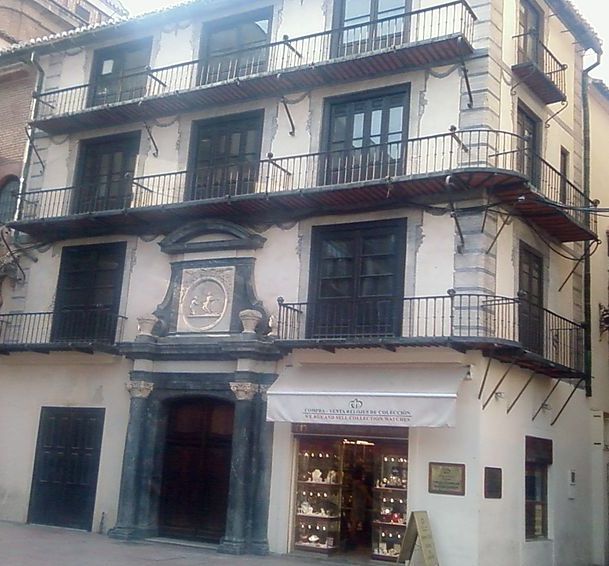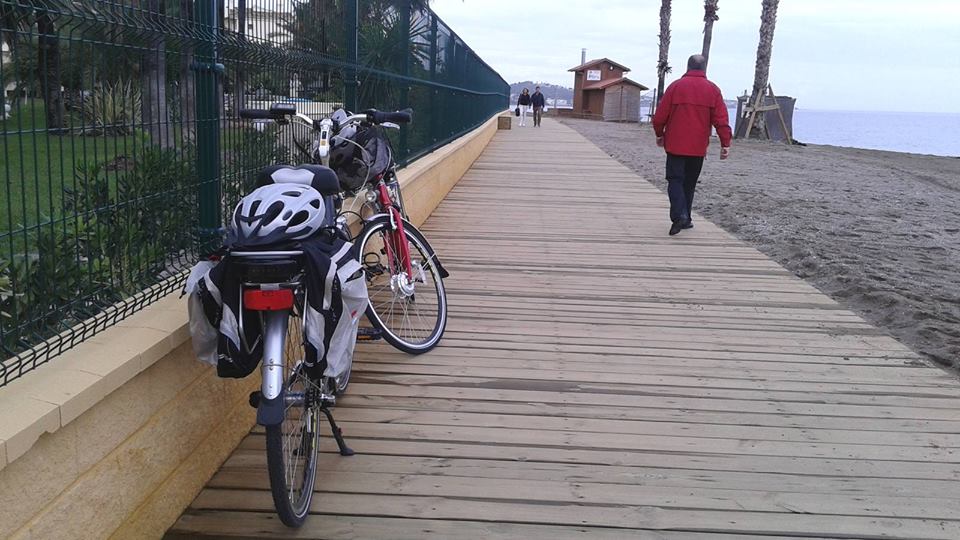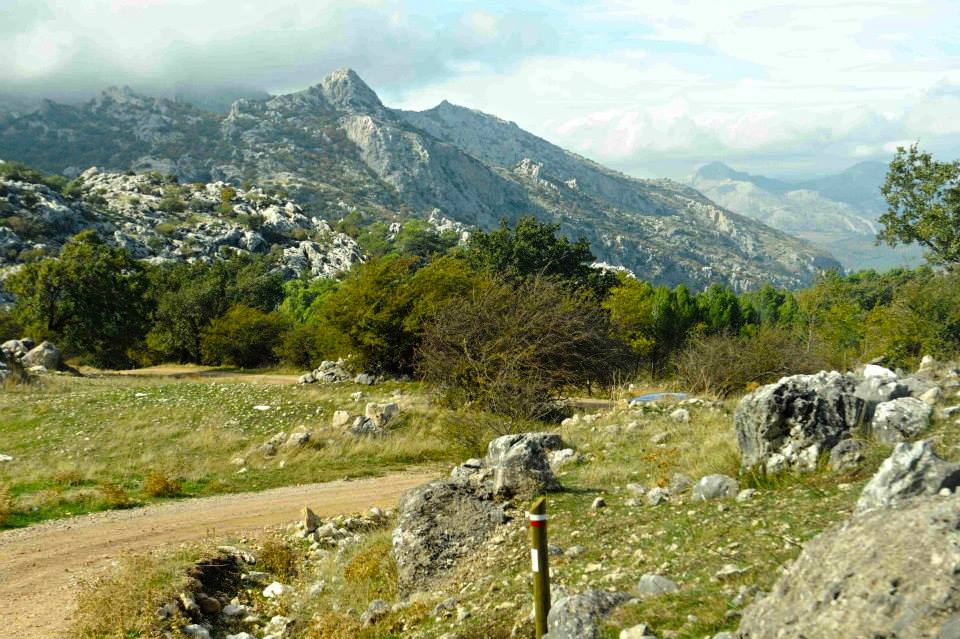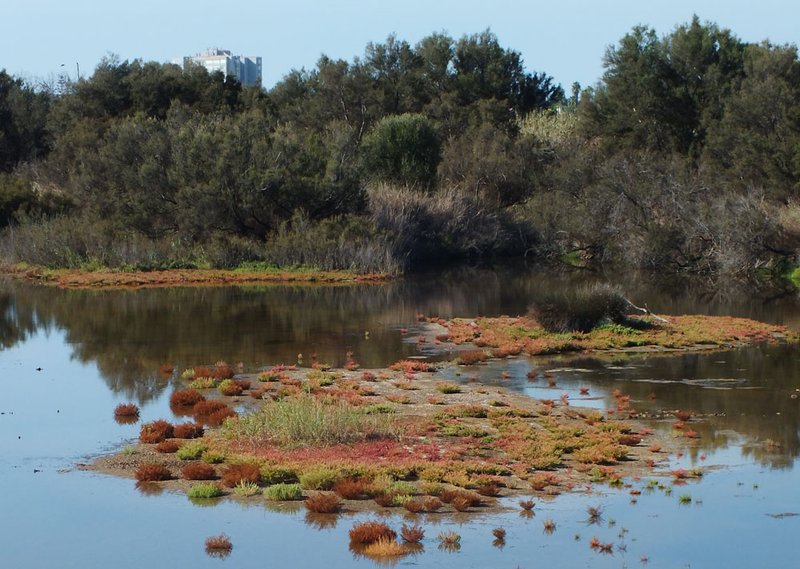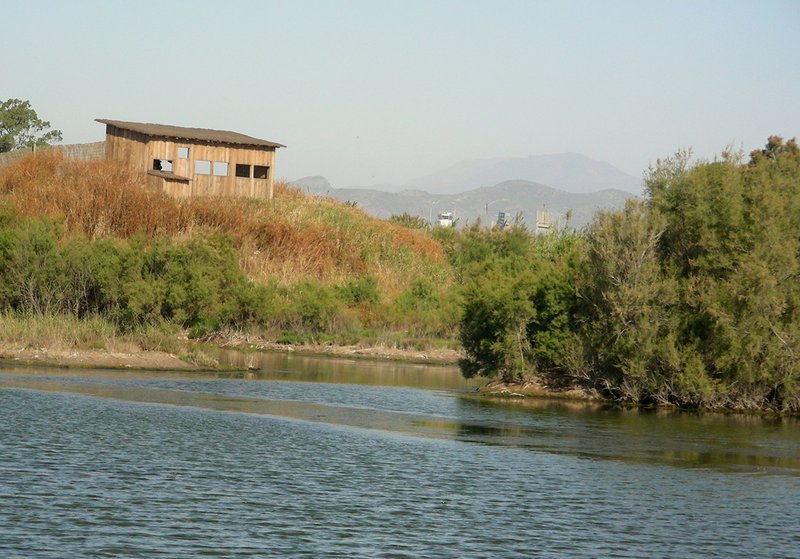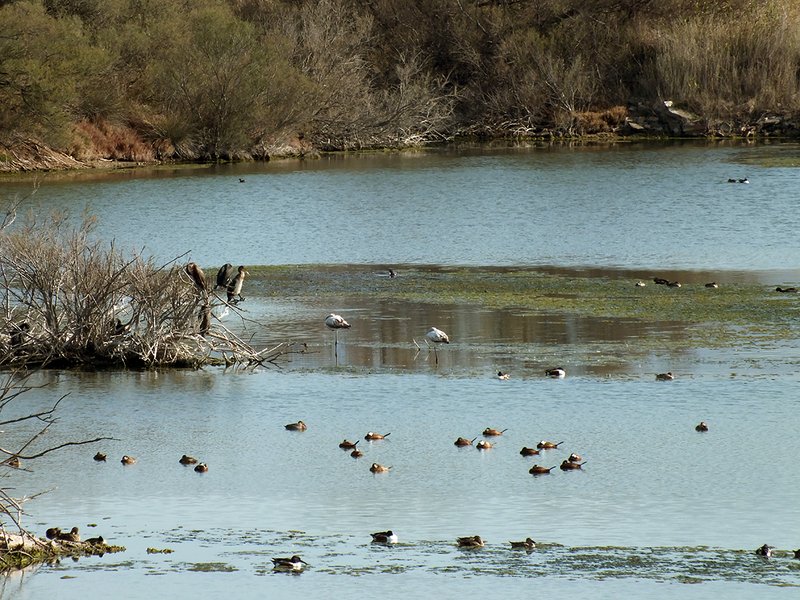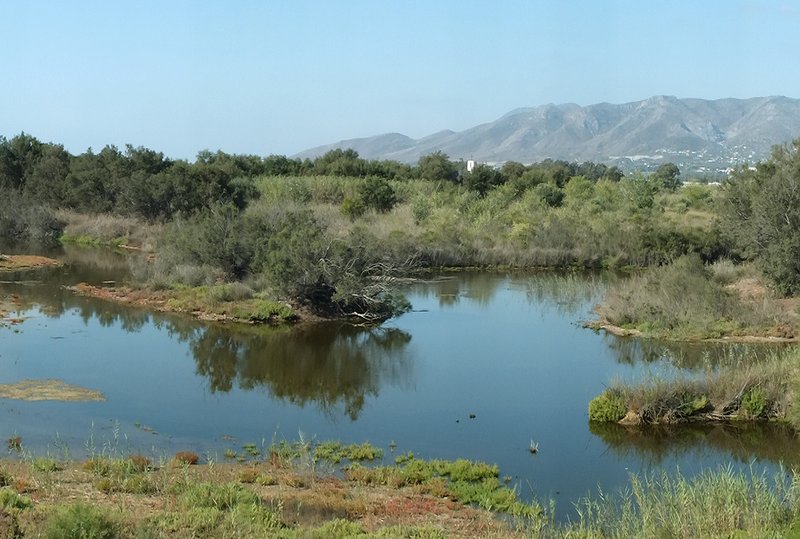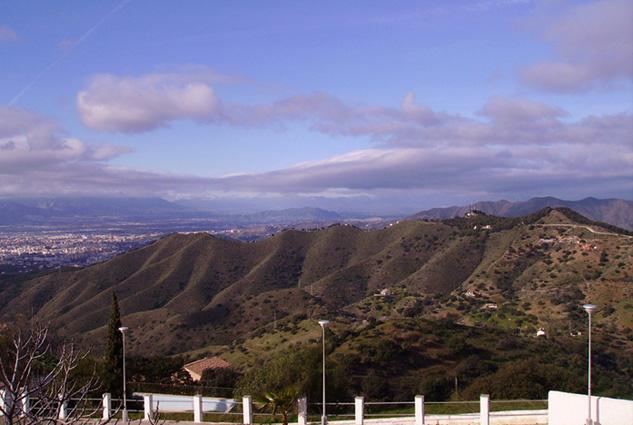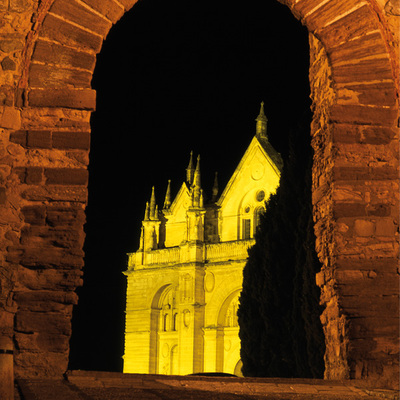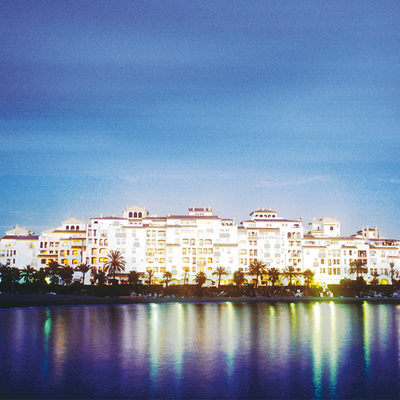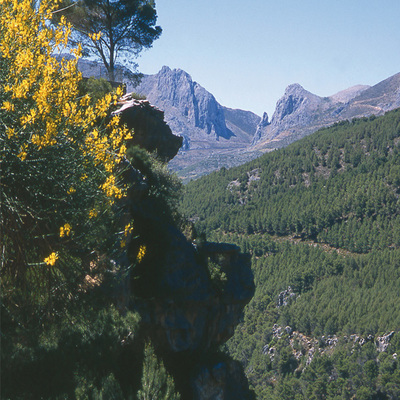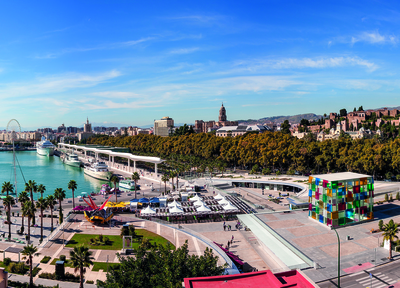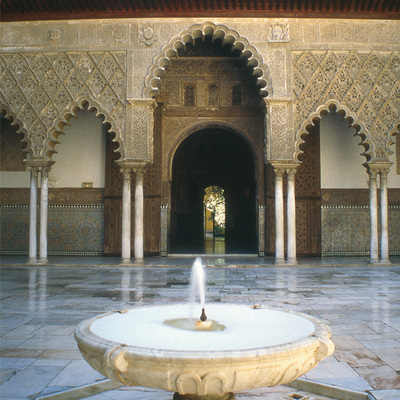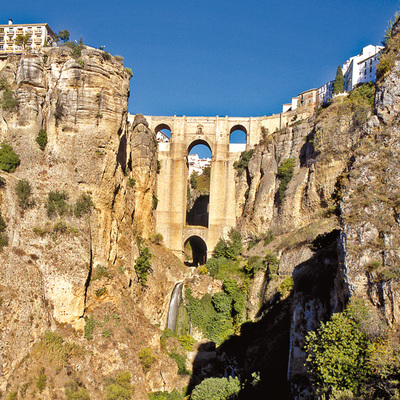Desembocadura del Guadalhorce
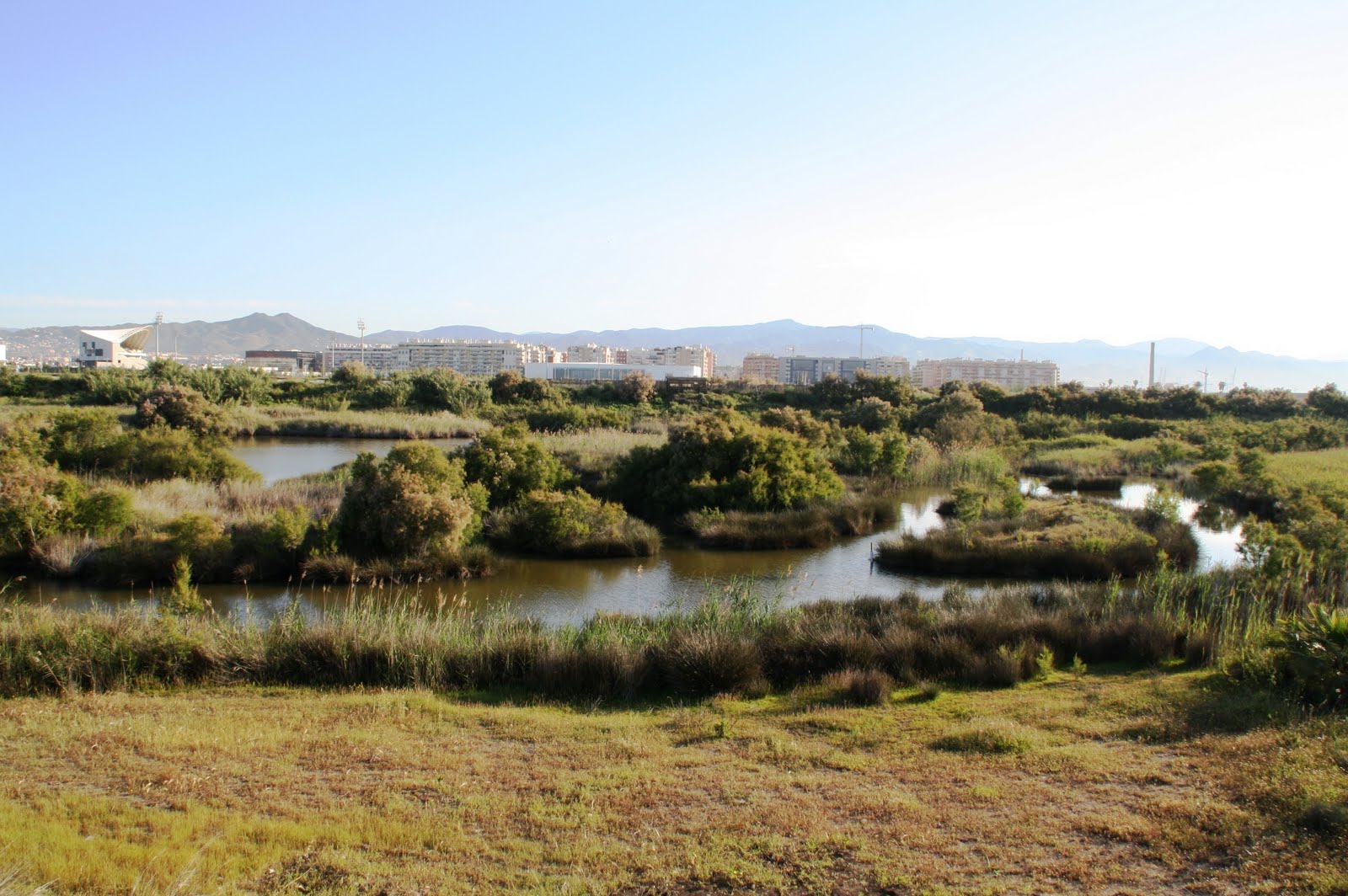
The Desembocadura del Guadalhorce Natural Park, to the west of the city of Malagabetween the arms ofthe GuadalhorceRiver, is formed by a series of man-made lakes (graveras) which was, until the 60s in the 20th century, cropland alongside a lake. These lagoons are in a place that used to be a large marsh, where the sea and the river joined up and formed vast marshy lands. Nowadays, this wetland, registered in the List of Wetlands of Andalusia, comprises up to five permanent lakes, the largest and deepest being the Laguna Grande.
Many birds can be found in this place because it is one of the most important stopover places for coastal migratory birds in the province.
The vegetation is associated with different environments, where the presence of water and salt are relevant for the layout and richness. The areas reached by the tides are covered by sea-blite and castanets, plants that are adapted to the high salinity levels of the ground. The forests on the banks mainly comprise tamarisks, giant reeds and rushes dotted with scattered poplars.
Some of the birds that can be seen during the year include glossy ibis, flamingo, spoonbill, black stork, Audouin's gull and Caspian tern, and other more common ones such as Anatidae, terns or coots. White colonies of some Ardeidae can also be seen amongst the tamarisks. There are also birds that end their breeding season in the wetlands, such as the snowy plover.
There is also a wide range of mammals, such as rabbits, foxes and otters; as well as reptiles, mainly chameleon; and flat fish and eels.

